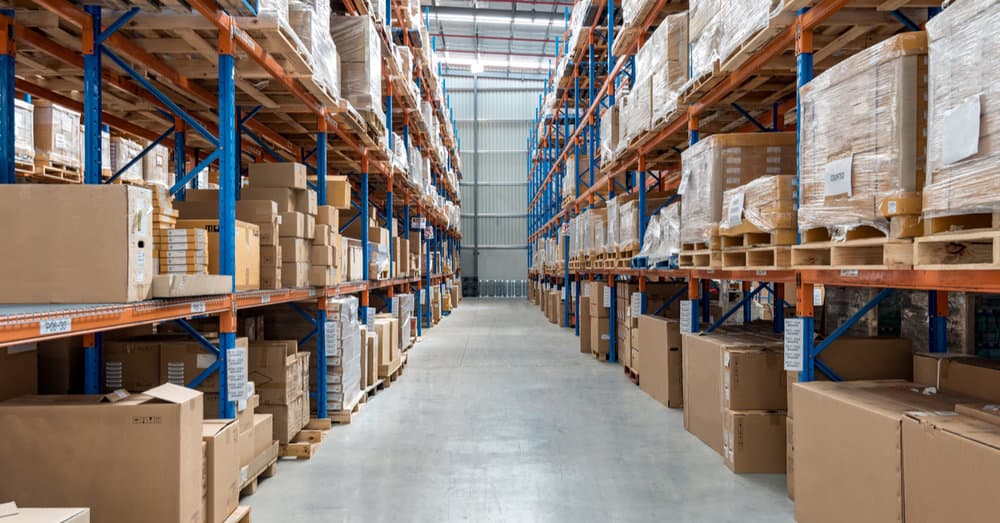
The burgeoning need for new-age warehousing in the U.S. is eclipsing the rate at which new warehousing space is cropping up in the country, said CBRE’s new research report on warehouse modernization. The report explained that the U.S. warehouse inventory is ‘aging’ and that though 1 billion sq.ft. of modern warehouse space has been built over the decade, it still accounts for only 11% of the country’s total warehouse inventory.
Modern warehouses built after 2008 account for a meager 4% of the total buildings, but yet holds 11% of the entire warehousing inventory space available – pointing to bigger and more voluminous structures. Estimates from CBRE have suggested that these warehouses are generally built three times larger than the existing ones.
“We are seeing developers pushing towards higher clear height, bigger footprints, and more volume inside the building,” said David Egan, CBRE’s Global Head of Industrial & Logistics Research. “Users are asking for construction where they can make much better and more efficient use of all the spaces in the building – not only the footprint but also the height. The looks of buildings haven’t changed much; it has just gotten bigger, taller, and lighter.”
The rise of e-commerce and the compelling need for swift last-mile delivery is putting a lot of pressure on real estate developers to construct warehouses near densely populated regions. But large expanses of land near such areas do not exist or are so exorbitantly valued that it would be impossible for developers to get profitable.
“The idea is to get as close as you can to where people are living, but by and large for the big centers you can’t do that, because of reasons that are fairly intuitive,” said Egan. “So, builders are having a hard time getting it done, which has caused a relative slowdown in construction. Land is being absorbed cycle after cycle, and it is getting harder to find adequate land in places you need to be.”
Location of a warehouse is critical in last-mile delivery because it goes a long way in determining the speed of delivery. “You got to be close to the final destination and be situated in a place which can get you access to as many of those places as possible,” said Egan.
The industry is witnessing a problem with inadequate supply where already absorbed land gets replenished, but does not help with increasing supply. “There is going to be a need for a solution to this problem as the existing warehouse stock gets leased out rapidly. I think we are going to start seeing more multi-storied warehouses when you can’t secure a land site in one of the densely populated locations.”
Vertical and stack warehousing is a common sight in cities like Tokyo and Hong Kong, where the population density and the real estate value makes it nearly impossible for developers to build conventional warehouses. The U.S. could also look towards reusing obsolete office buildings and repurpose it towards last-mile delivery as warehouses could get harder to acquire over time.
But that being said, warehouse developers have gradually closed in on the gap between supply and demand, by raising buildings at a faster pace. CBRE’s report showed a net demand of 41 million square feet – a 6 million square feet more than the newly constructed warehousing space. Last year, 216 million square feet of warehousing space was developed, an increase of 12% year-on-year.
The mismatch in the supply and demand equation benefits the warehouse owners by giving them greater control over their space, while making it harder for the occupier, as finding space becomes competitive and expensive. “But the one thing that is positive for every player is that we are unlikely to get into a situation where we have way too much supply, which is a common problem for real estate,” said Egan. “When you look at the dynamics on the ground, the vacancy and availability rates, and the construction costs, it is quite clear that the likelihood of that happening in the cycle is very low.”
Nonetheless, narrowing the gap and creating parity in supply and demand would be healthy for the ecosystem. Having a bit more supply injected into the market would keep the users from leaving the ecosystem entirely and the owners from losing out on customers due to an exodus arising out of a lopsided market.
Stay up-to-date with the latest commentary and insights on FreightTech and the impact to the markets by subscribing.










